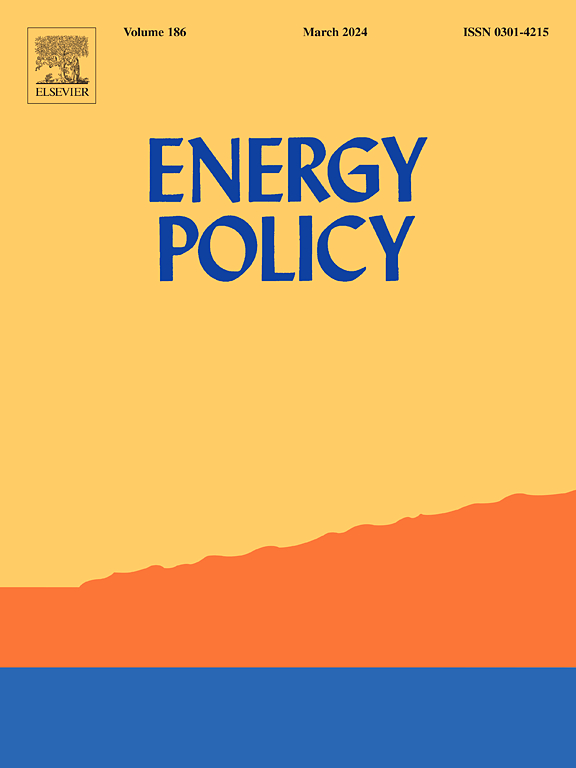区域供热部署的障碍:来自文献和专家的见解
IF 9.2
2区 经济学
Q1 ECONOMICS
引用次数: 0
摘要
在上个世纪,区域供热(DH)仅占全球市场份额的10%左右。要想在2050年前在欧洲达到25 - 50%的潜在市场份额,增长必须大幅加速。但是,DH的部署受到障碍的阻碍,可能会减慢这种快节奏的热量系统转换。在本文中,我们通过手工和gpt辅助文献综述确定了部署DH的障碍。对来自欧洲和北美的94名卫生专家进行的调查补充了这些审查,这些地区约占全球卫生供应的20%,占欧洲卫生供应的93%。我们发现,经济和政治障碍被认为是最重要和最难克服的。根据卫生保健和可再生热能在卫生保健供应中的现有份额,个别壁垒的重要性因国家而异。最重要的个别障碍包括高昂的安装成本、监管的不确定性以及将DH与其他能源部门整合的政策不足。如果希望加快系统集成DH部署的步伐,那么通过扩大综合能源系统规划以及分区和授权等法规来降低区域供热项目的潜在投资风险至关重要。本文章由计算机程序翻译,如有差异,请以英文原文为准。
Barriers to district heating deployment: insights from literature and experts
Over the last century, district heating (DH) has only achieved global market shares of around 10 %. To reach its potential market shares of 25–50 % in Europe by 2050, growth must drastically accelerate. But deployment of DH is hindered by barriers, potentially slowing this fast-paced transition of the heat system. In this paper, we identify barriers to the deployment of DH through manual and GPT-aided literature reviews. These reviews are complemented by a survey of 94 DH experts from Europe and North America, regions which account for approximately 20 % of global- and 93 % of European DH supply. We find that economic and political barriers are considered both most significant and most difficult to overcome. The importance of individual barriers varies between countries based on the existing shares of DH and renewable heat in DH supply respectively. The most important individual barriers include high installation costs, regulatory uncertainty and insufficient policies to integrate DH with other energy sectors. If a faster pace of system-integrated DH deployment is desired, it is critical to reduce the underlying investment risk of district heating projects through an expansion of integrated energy system planning, and regulations such as zoning and mandates.
求助全文
通过发布文献求助,成功后即可免费获取论文全文。
去求助
来源期刊

Energy Policy
管理科学-环境科学
CiteScore
17.30
自引率
5.60%
发文量
540
审稿时长
7.9 months
期刊介绍:
Energy policy is the manner in which a given entity (often governmental) has decided to address issues of energy development including energy conversion, distribution and use as well as reduction of greenhouse gas emissions in order to contribute to climate change mitigation. The attributes of energy policy may include legislation, international treaties, incentives to investment, guidelines for energy conservation, taxation and other public policy techniques.
Energy policy is closely related to climate change policy because totalled worldwide the energy sector emits more greenhouse gas than other sectors.
 求助内容:
求助内容: 应助结果提醒方式:
应助结果提醒方式:


